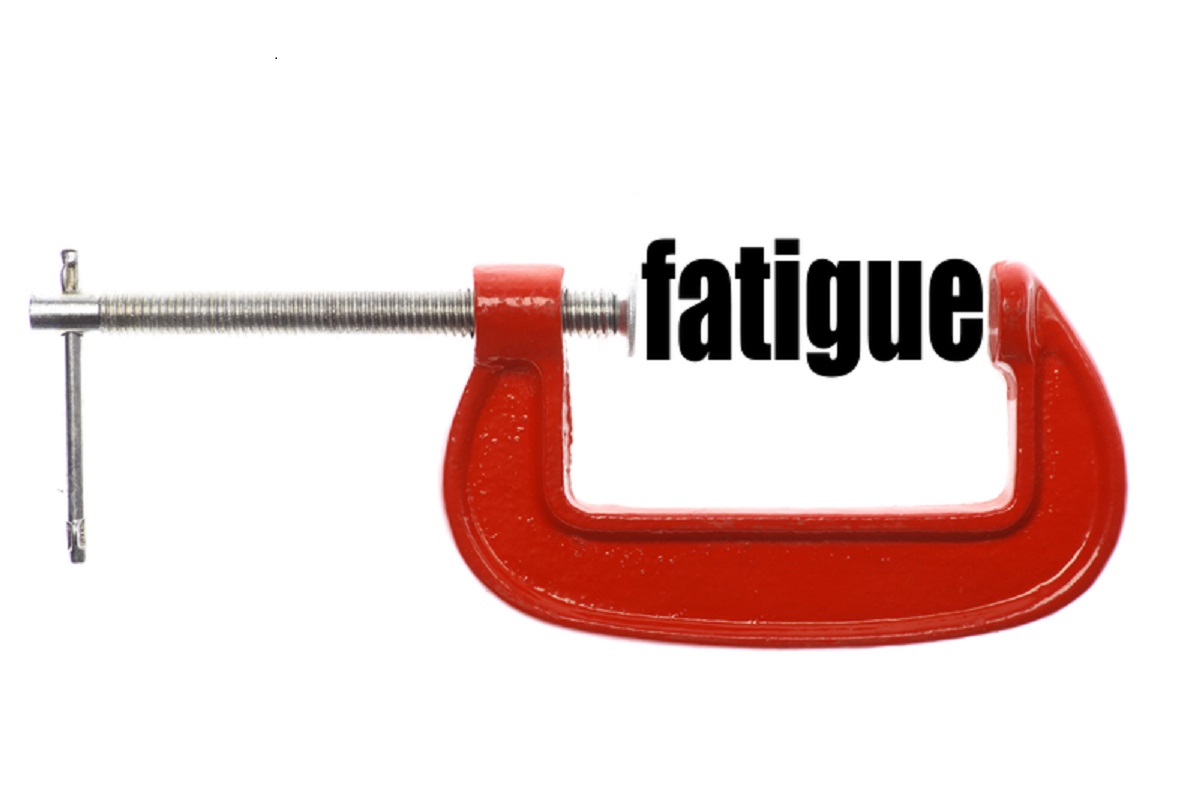The Small Business Administration (“SBA”), in consultation with the Treasury Department, released Frequently Asked Questions (“FAQs”) designed to address borrower and lender questions around the implementation of the Paycheck Protection Program (the “PPP”) under the CARES Act. The FAQs indicate that borrowers and lenders may rely on this document as the SBA’s interpretation of the CARES Act and the PPP Interim Final Rule, which was previously published, and provided assurances that the U.S. government would not challenge lender actions under the PPP that conform to the FAQs.
The FAQs address certain questions or make clarifications regarding the PPP application process, both from the lenders’ and the borrowers’ perspectives, including the following:
- Lenders do not need to replicate the borrower’s calculation of its average monthly total payroll costs, as the borrower attests to this amount. Lenders are only required to do a good-faith review, in a reasonable time, of the borrower’s calculations and supporting documentation (the scope of which should be informed by the quality of documentation provided). In addition, lenders are to work with the borrower to remedy any errors in borrower’s calculations or lack of substantiation in the supporting documents.
- Certain businesses with over 500 employees are eligible for PPP loans, including businesses that otherwise meet the statutory definition of “small business concern” based on the employee-based or the revenue-based size standards corresponding to its primary industry, or that meet the SBA’s “alternative size standard” as of March 27, 2020 (based on maximum tangible net worth of not more than $15 million and average net income after taxes of $5 million for the full two year period prior to the application).
- In addition to “small business concerns,” small businesses with 500 or fewer employees whose principal place of residence is in the U.S. or, if applicable, businesses that meet the SBA employee-based size standards for the industry in which it operates (which could be higher than 500 employees) are eligible for PPP loans.
- The affiliation rules set forth in the PPP Interim Final Rules remain applicable to borrowers. However, lenders are not required to independently determine whether the affiliation rule applies with respect to the borrower (as that is the borrower’s responsibility) and are permitted to rely on the borrowers’ certifications.
- Only cash compensation in excess of $100,000 annually per employee is excluded from the definition of payroll costs. Non-cash compensation, such as payment of group health care coverage including insurance premiums, is not excluded.
- In evaluating the eligibility of a seasonal business, lenders may consider whether the business was in operation on February 15, 2020 or for an 8-week period between February 15, 2019 and June 30, 2019.
- Payroll documentation provided by the payroll provider or professional employer organization that indicates the amount of wages and payroll taxes reported to the IRS will be considered acceptable PPP loan payroll documentation.
- Lenders are permitted to use their own online systems or portals and forms in connection with PPP applications, provided they ask for the same information (using the same language) as the SBA’s Borrower Application Form and that lenders send the data to the SBA “using the SBA’s interface.”
- Borrowers can calculate their aggregate payroll costs using data from either the previous 12 months or from calendar year 2019.
- Payments that an eligible borrower has made to an independent contractor or sole proprietor are excluded from the eligible business’s payroll costs.
- Borrowers and lenders can rely on previous guidance (i.e., the Interim Final Rule published on April 2, 2020) for applications previously submitted, but may revise applications that have not yet been processed based on clarifications in the FAQs.






